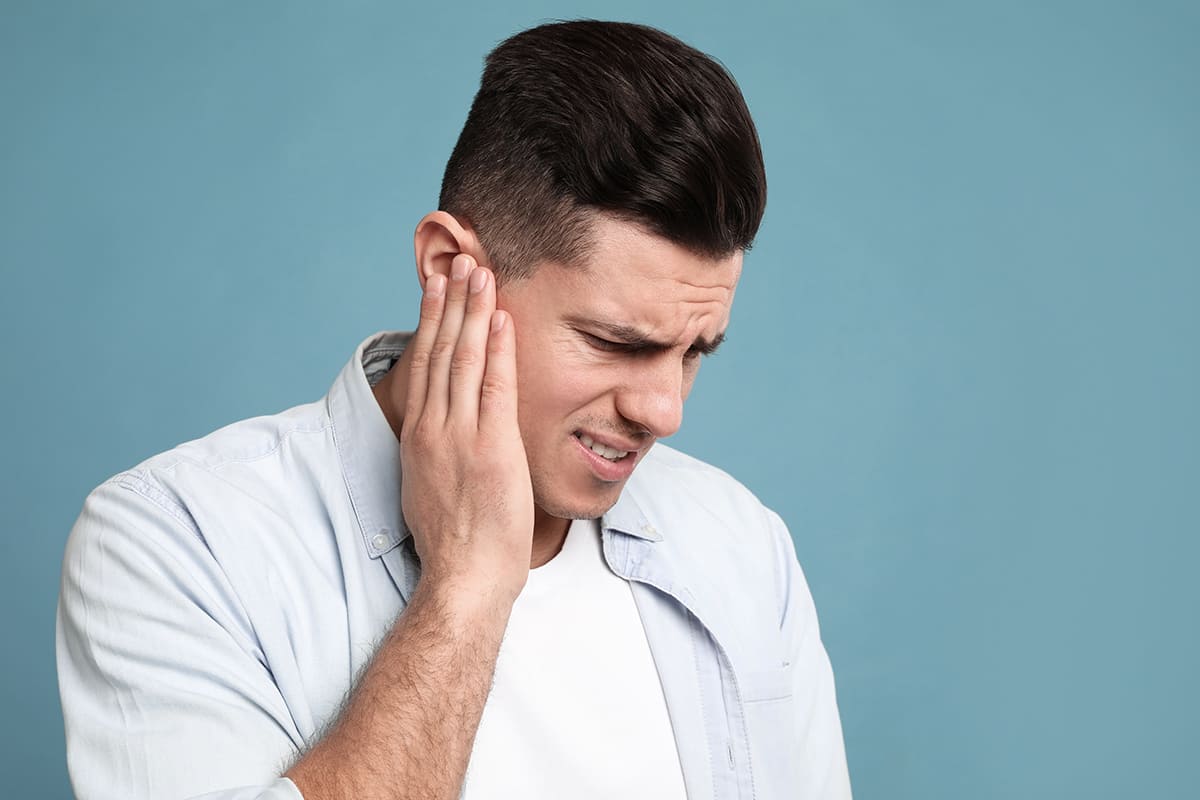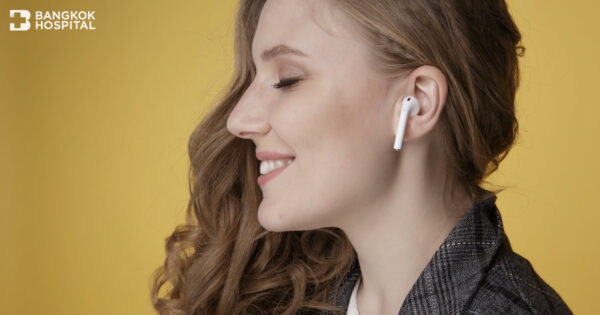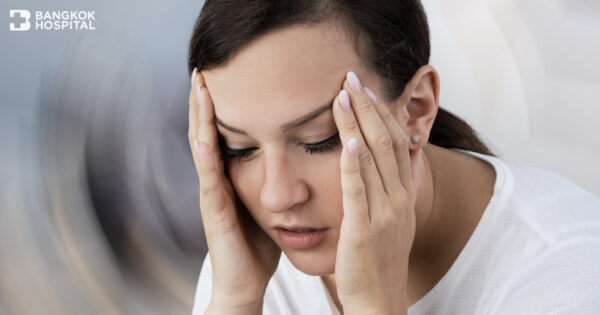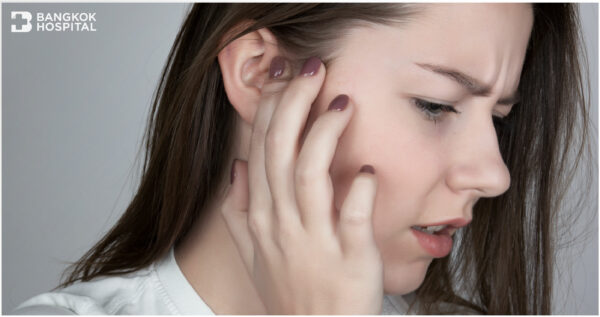Earphones are popular gadgets these days because they help one hear clearly and block disturbing noises, while also being convenient to carryaround. However, persistent use of earphones can be dangerous, especially if you are not careful about the level and duration of their use. This is because listening to loud sounds so close to the ears for an extended period can harm the ears more than you think. Therefore, the earphones should be used appropriately.
Auditory Ability
An ear’s ability to hear sounds comes from when sound wave reaches the eardrum and causes a vibration that resonates through the connecting inner part of the ear that has a spiral shape similar to a snail. The louder the sound, the greater the vibration. Therefore, listening to prolonged loud sounds will cause the ear to lose its sensitivity to the vibration. If this is only a temporary effect, it may be possible to restore normal hearing again. However, if the impact is too severe, hearing loss can be permanent. So, the sound level of the earphones is very important. If it is too loud or if it is moderate but the earphones are used for extended periods, then there is a chance of the ears being harmed also.
Sound Levels and the Ear’s Health
Sound levels are measured as units of “decibel” – dB(A) – which is a measurement corresponding to human’s hearing. The World Health Organization has specified that the sound level of more than 85 dB(A) is dangerous to humans. If you spend more than 8 hours listening to this volume of sound, there is a chance that you may your hearing ability.
In everyday life, there are different levels of sounds, such as:
- Very soft [0 – 30 dB(A)] – e.g., a whisper.
- Soft [40 -50 dB(A)] – e.g., sounds of a typewriter.
- Medium [60 – 70 dB(A)] – e.g., normal conversations.
- Loud [80 – 90 dB(A)] – e.g., traffic noise, noises on the street, sound of a bus, sound of a truck, a person’s shout.
- Very loud [100 – 110 dB(A)] – e.g., sound of a jack hammer.
- Loudest [120 – 140 dB(A)] – e.g., sound of hammering, sound of a metal press machine, sound of an aircraft taking-off.
Impact of Earphones on the Ears
The use of earphones is harmful when the sound level is too high. It poses a risk of hearing loss or ringing sounds in the ears. The duration and sound levels of the usage are contributing factors. The closer to the sound intensity and the greater the volume, along with the duration, the more the effect it is to the hearing. In the end the cells interpreting the sounds will gradually deteriorate, contributing to the hearing loss.
Also, for people who enjoy listening to music during exercises, when placing earbuds tightly into the ears, the earbuds will get wet from sweats and can rub against the ears causing irritation or, even, inflammation. So, to prevent this situation, it is recommended that care is shown when wearing earbuds – avoiding pushing them too tightly into the ears.

Problems with Being Exposed to Above Standard Loud Noises
Prolonged exposure to loud noises above the normal standard can lead to:
- Adverse impact on the ear’s health – the inner ears deteriorate too early, experience irritating noises in the ears, loss of hearing which can be vey severe up to total deafness.
- Adverse impact on phycological health – stressful, irritable, nervous.
- Adverse impact on the daily life – personality decline, inability to communicate with others using normal voice level, loss of concentration, inability to perform work effectively.
Hearing Problem Warning Signs
- Experiencing ringing noises in the ear and hard of hearing.
- Hearing whistling sounds in the ear.
- Feeling pain in the ear when around loud noises.
- Turning up television volume until others complain.
- Cannot hear properly when talking with others.
Diagnosis
- Checking the history and the length of time the patient has been experiencing hearing problems.
- Audiometry to determine hearing ability.
- Special test with Bekesy Audiometry.
- Auditory Brainstem Response test.
- Otoacoustic Emissions – OAEs – test.
Treatment
Treatment will depend predominantly on the cause. If there is already some hearing loss or the problem occurs in the inner ear, the patient usually consults a doctor when it is late which reduces the chance of an effective treatment. So, it is important to be vigilant. Hearing test as part of the annual medical check-up can also provide an avenue to identify any anomaly. However, if the problem occurs in the outer or middle ear areas, it can be treated though surgery and medication; but this will have to be determined by aspecialist.

Preventing Ear Problems from Earphones
- Earphones’ usage among children should not exceed 75 dB(A) and 40 hours per week, while it is 80 dB(A) and 40 hours per week for adults.
- Select noise cancelling earphones to reduce the sound volume during use.
- Select over or flush against the ears sets, rather than in-ear or earbuds types, because the distance between the speaker and the eardrum is longer which lessens the possibility of hearing loss.
- Always clean the earphones to prevent the risk of any disease that can infect the ears.
Proper usage of earphones involves setting appropriate sound levels and limiting the duration. These steps will help prevent problems but prolong your hearing ability. Importantly, should you notice any issue, consult your doctor promptly so that it can be treated appropriately.










